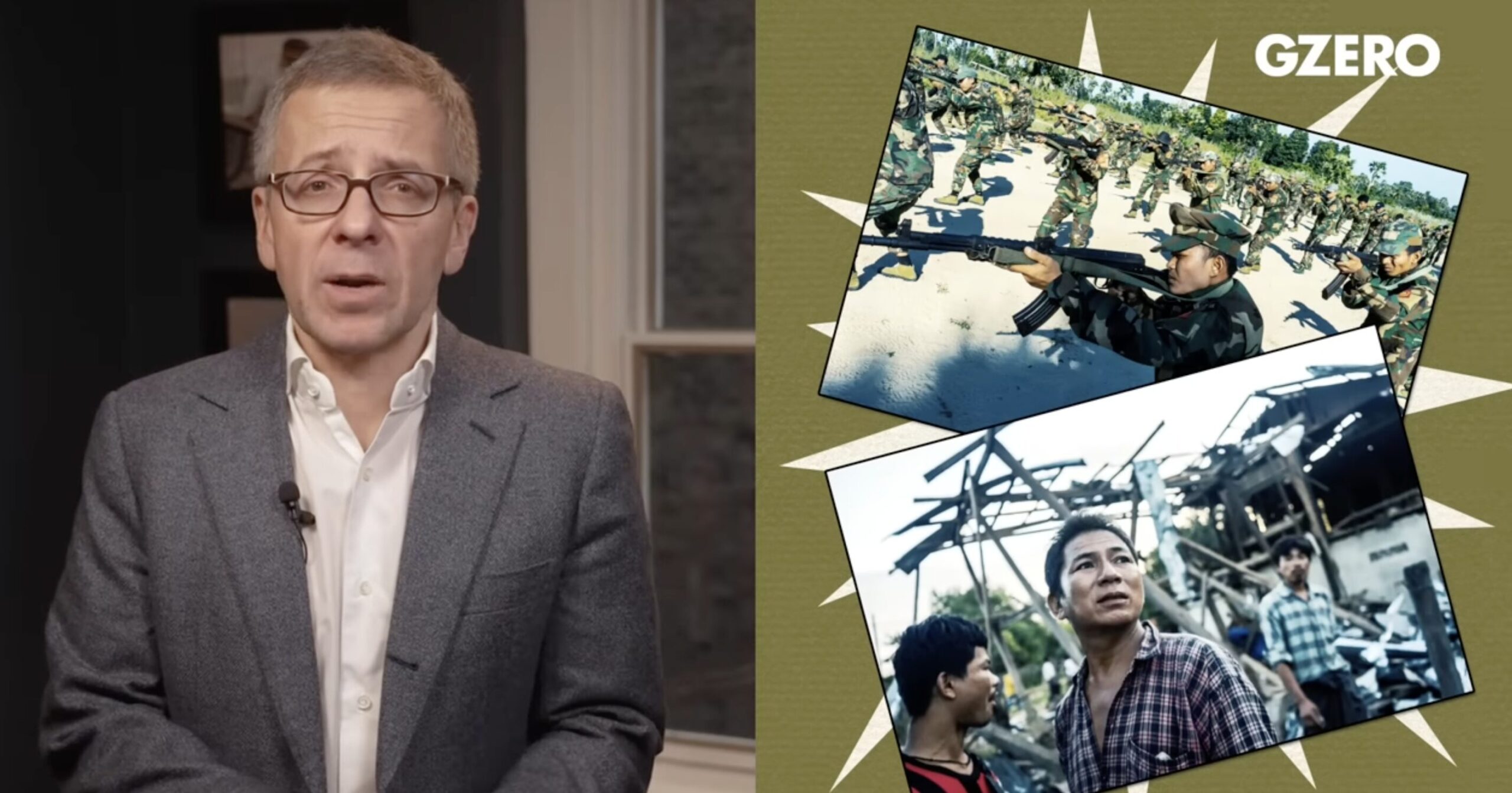
Peter Zeihan: Europe Goes Nuclear
We’ve got two major developments in Eurasia. We’re talking about Ukraine disabling two ships in the Caspian Sea and Poland getting EU approval to build…
Thought Leader: Peter Zeihan
By WWSG speakers Paul Nicklen & Cristina Mittermeier
See source for images.
The thin, blue line separates what we know and understand about our planet’s oceans, from what we cannot see: the vast unknown depths of our planet’s marine basins and the mysteries of life teeming below.
Above the horizon, we see beautiful beaches, rugged shorelines, and seemingly endless expanses of blue. To the casual observer, it might appear that all is well; that life in the ocean is flourishing. Beneath the waves, however, lies a growing storm of concern and trouble, and for those who dare to look, the news is not so good.
Almost everywhere, the pace of degradation is frightening. Massive overfishing, punctuated by pollution, industrial expansion and careless development, have too quickly become the accepted norm.
Fish that once swam in abundant schools — anchovies, sardines, pollock, cod — have already been mined. Not to quench the hunger of our planet’s poorest, but to make pet food, to feed farm animals, including other fish, and to export as luxury items for wealthy diners in faraway places.
Entire stocks of top predators — sharks, swordfish, tuna — have been wiped out to make soup and sandwiches. Our generation may well bear witness to the extinction of entire species that are not only good for nourishment but are also key components of a healthy global ecosystem.
And yet, even as some strive to understand our oceans better, we still know so little. Intelligent, sensitive animals, like humpback whales — capable of orchestrating mysterious global symphonies and traveling thousands of miles in epic migrations — are the same creatures we once hunted to the verge of extinction, and they continue to surprise us.
Even in the remote fjords of Norway, the menace of oil exploration has arrived. As one of the world’s top oil producers, Norway has already begun seismic exploration here. It won’t be long before the industrial footprint of oil becomes a permanent fixture, and yet another whale sanctuary is turned into an industrial landscape.
There is so much we still need to learn about this most vital and fragile of ecosystems and time is running out to protect our oceans.
Underneath that thin, blue line we see not only the effects of pollution and overfishing, but also the rapidly growing signs of climate change. Corals are dying as they endure warmer water. Planktonic creatures that make up the foundation of the food chain are quite literally melting, as the rich, cool waters where they thrive become more acidic with every new infusion of carbon dioxide.
In the Arctic, where until recently the thin, blue line was protected by thick ice, we are witnessing an unprecedented grab for minerals, fossil fuels, and fish. The large industrialized nations are hurrying to exploit, slaughter, pollute, and profit from a once-pristine ecosystem.
Progress must press on, but over the next ten years, what we do or fail to do to preserve the oceans’ integrity and its ability to provide vital ecological services — like oxygen production, carbon sink, and, of course, food — may be the most important thing we do for ten thousand years.
Ultimately, we must realize that Earth is an ocean planet and that we are all ocean creatures. In the end, if we lose the oceans we will lose ourselves, and that is becoming a very serious reality.
What can you do to protect the ocean?
Read our stories here on Maptia. Order the pasta instead of the fish, raise your voice to protect the sea and all its creatures, support an ocean conservation project. And most importantly, take every opportunity to stick your head under the thin, blue line. You might hear whales singing or see a gathering of bioluminescent creatures. Pay attention. These are our fellow travelers on our journey through space and time.
Peter Zeihan: Europe Goes Nuclear
We’ve got two major developments in Eurasia. We’re talking about Ukraine disabling two ships in the Caspian Sea and Poland getting EU approval to build…
Thought Leader: Peter Zeihan
Dr. Sanjay Gupta’s Top Health Stories of 2025
From the resurgence of measles to a new way to treat pain, 2025 was a challenge for public health while still offering moments of hope. Sanjay…
Thought Leader: Sanjay Gupta
Ian Bremmer: The state of global conflict in 2025
On GZERO World, Ian Bremmer takes a hard look at the biggest global crises and conflicts that defined our world in 2025 with CNN’s Clarissa…
Thought Leader: Ian Bremmer

